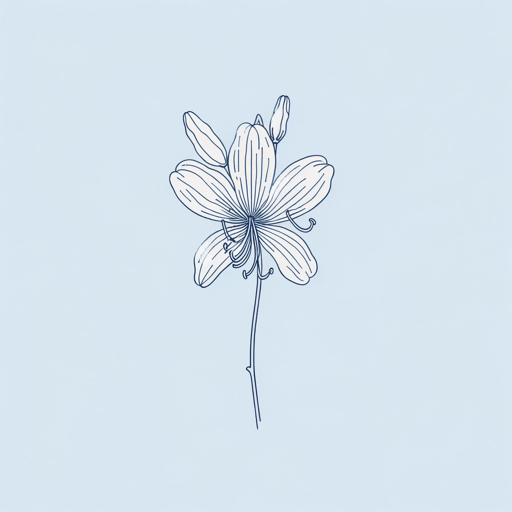15 pages • 30 minutes read
John KeatsMeg Merrilies
Fiction | Poem | Adult | Published in 1818A modern alternative to SparkNotes and CliffsNotes, SuperSummary offers high-quality Study Guides with detailed chapter summaries and analysis of major themes, characters, and more.
Literary Devices
Form, Meter, and Rhythm
“Meg Merrilies” is a literary ballad, a poetic form based on popular narrative songs that often concentrated on a single hero (or heroine) and their story. Traditionally, English ballads were meant to be sung. As such, they often have a musical quality about them.
Keats’s poem consists of six rhymed quatrains, or sections of four lines. It concludes with a slightly longer final stanza that tacks on an extra two lines. It is written in the common meter traditional of ballads, which means the lines alternate between four-stresses (iambic tetrameter) and three-stresses each (iambic trimeter). These lines are called “iambic” because they are made up of iambs, a metrical foot that consists of one unstressed syllable followed by one stressed syllable.
A typical, two-line unit in “Meg Merrilies” scans like this (stressed syllables in bold):
Her ap- | ples were | swart black- | ber-ries,
Her cur- | rants pods | o’ broom
Related Titles
By John Keats

Endymion: A Poetic Romance
John Keats
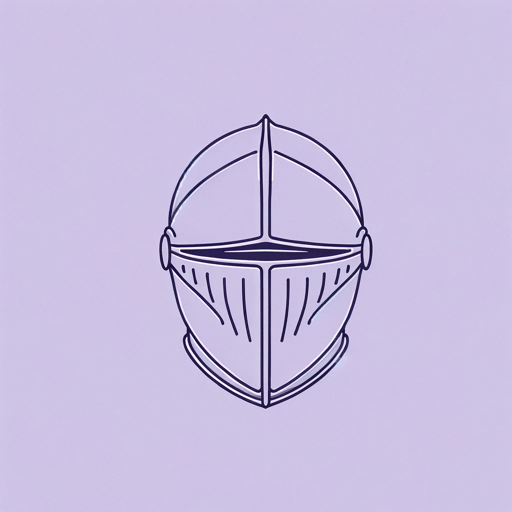
La Belle Dame sans Merci
John Keats
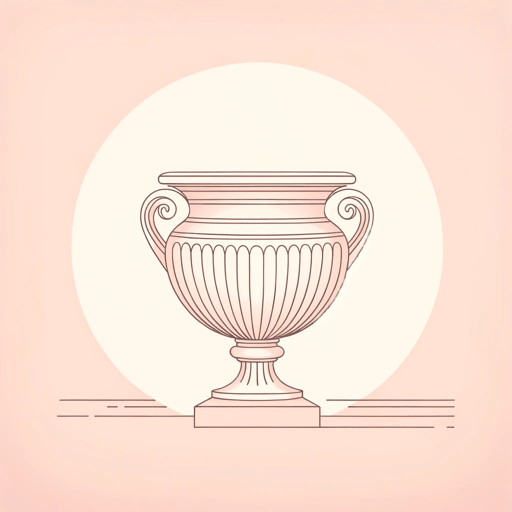
Ode on a Grecian Urn
John Keats

Ode on Melancholy
John Keats
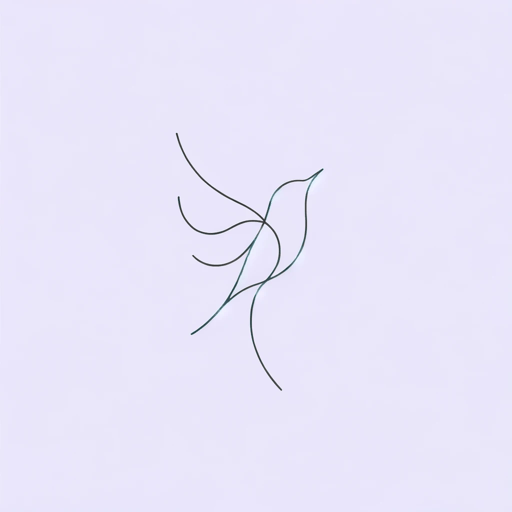
Ode to a Nightingale
John Keats
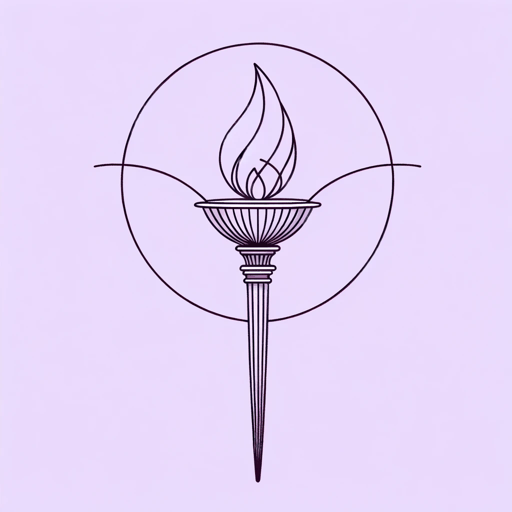
Ode to Psyche
John Keats
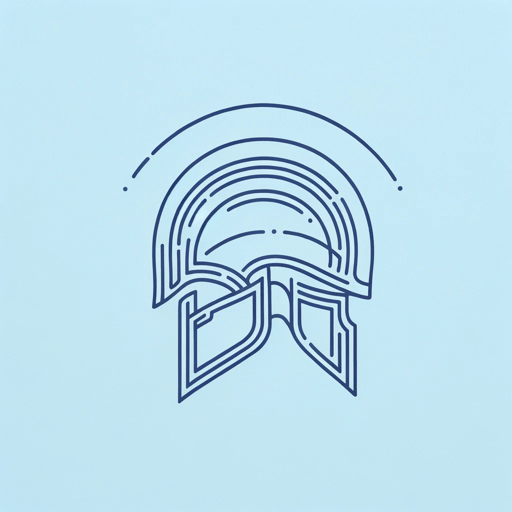
On First Looking into Chapman's Homer
John Keats
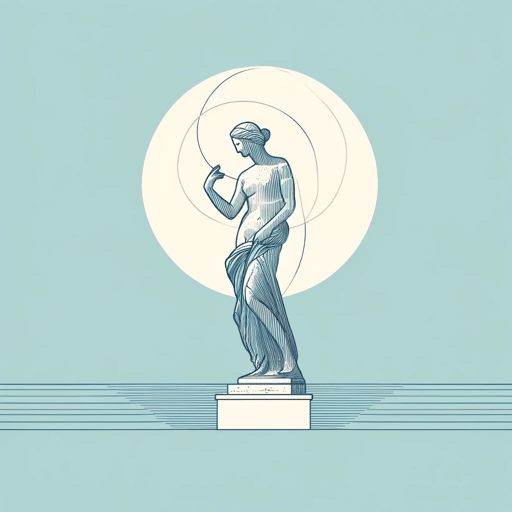
On Seeing the Elgin Marbles
John Keats
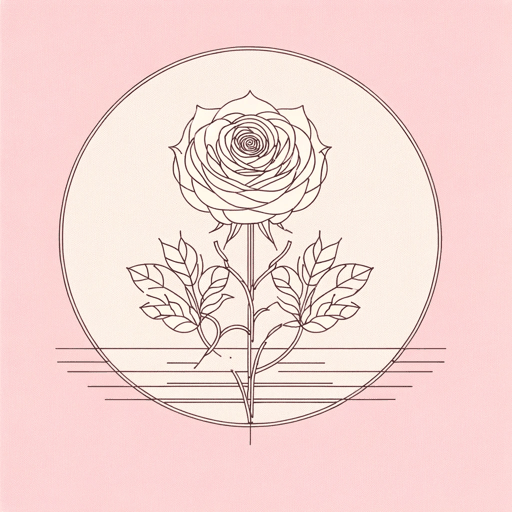
The Eve of St. Agnes
John Keats
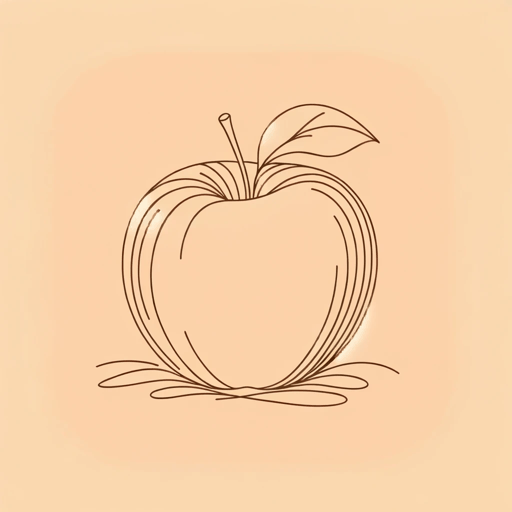
To Autumn
John Keats
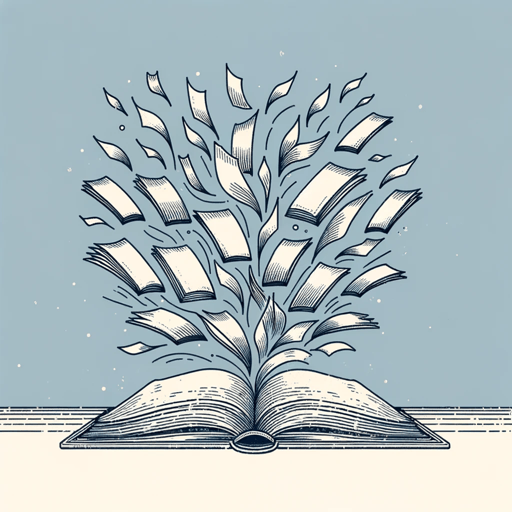
When I Have Fears That I May Cease to Be
John Keats
